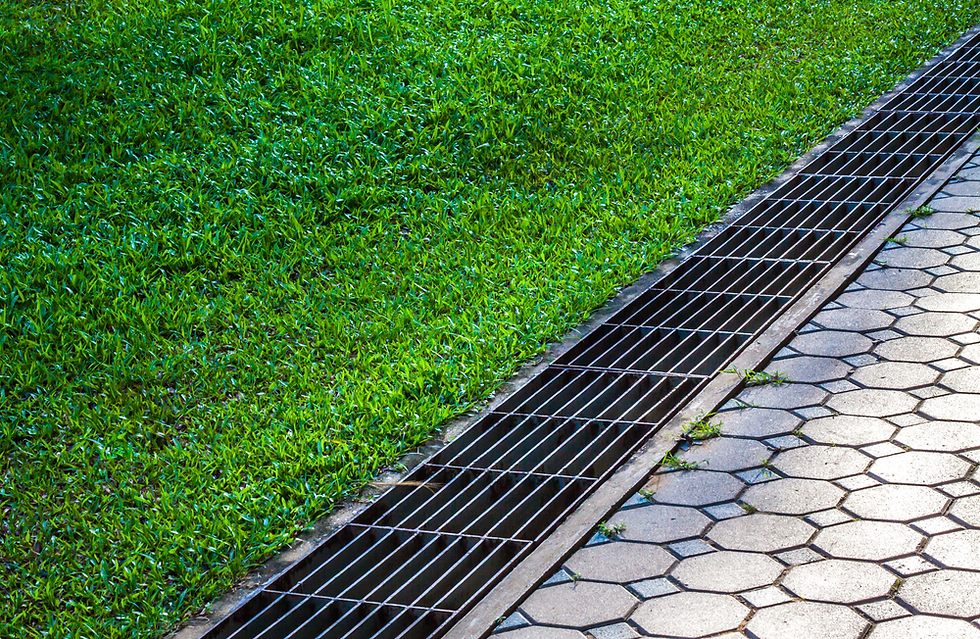The Best Way to Install A DIY Shade Sail
- Mark Simon
- May 18, 2017
- 3 min read
A shade sail is basically a contraption that creates shade outside the four walls of your room, in the open, based on the principles of a ship’s sail. DIY shade sails are easy to make if you stick to the instructions. A shade sail makes use of the stretchy membrane to create tension in between the anchor points.
Points to Consider Before Commencing Work on A DIY Shade Sail:
The desired size of the sail
The strength of the existing structures which will act as the anchor points for the sail.
Convenient places as well as the expertise to put in a fixing post, of which, many may be required, depending on the situation and layout.
The direction of the sun, and a general understanding of the weather patterns of your region.
Materials Required:
Among the equipment you need, these are essential;
Pins
Sewing machine
Ruler
Measuring tape
Markers suitable for fabric marking
Hooks
Scissors
Instructions for The DIY Shade Sails:
First, measure out the area and plot that you want to cover. Also inspect the surfaces where you want the sails to join, because this would affect the kind of hook you need for the operation.
Lay out a good deal of space, and lay out the fabric, marking the sail with fabric markers and the ruler.
For DIY shade sails, you need to cut the triangle from the marked-out fabric.
Fold the hemline and pin in place.
Use the sewing machine to sew all along the edges of the hem. Use a double stitch if you consider it necessary.
Now, you need to cut some strips of fabric from the left over excess material. One of the best things about DIY shade sails is that they don’t waste much fabric if you carefully deal with the initial measurements. Coming back to the point, these strips must be folded in half, lengthwise, and the join needs to be sewn. What you have now is the inside-out loop that acts as a connector! Turn it inside out to let the seam rests on the inside. Then all you need do is to cut the connector loop to the size required.
The loops need to be sewn to the points of the sail. The loops should be durable and well crafted, so in the case of DIY shade sails take care in choosing your material; while stitching the loops. You should give the loops a fair amount of joining, don’t worry if some extra thread spins from the bobbin. It will be worth the effort and save repairs for a long time to come.
Lastly, place the loops over the hooks and rig up the sail
Other Points to Consider
Before making DIY shade sails, don’t forget about the post supports which are vital in maintaining rigidity and support. Treated softwood or hardwood of class 1 durability is recommended, in the absence of which, steel posts can be used as well. A fascia attachment is also possible, so when planning DIY shade sails, keep this open as a possibility. For footings, 16” diameter and 32” depth is recommended. There will be slight adjustments depending on the firmness of the ground. To concrete, follow the instructions of the manufacturer, and consult your supplier for any special tips required for your layout. These people hold expertise in this business and will help you with the result driven advice.




.png)





Comments